Northrop Frye on Symbol as Image
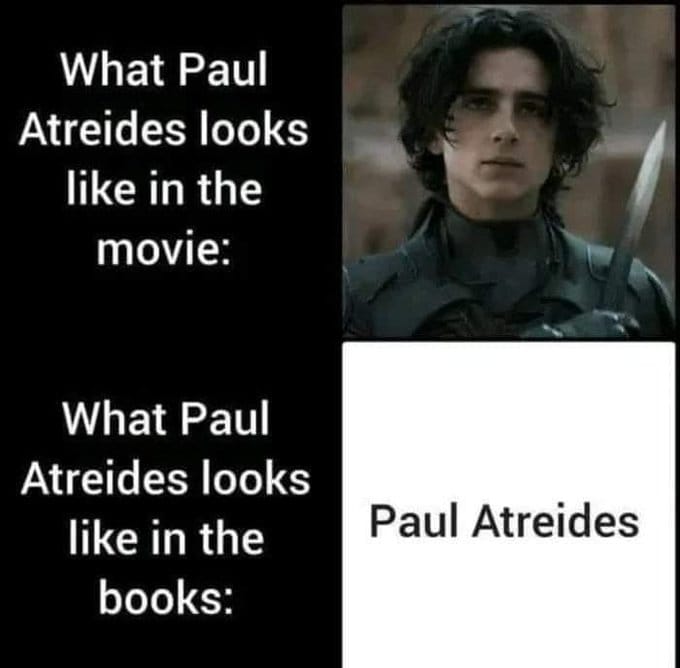
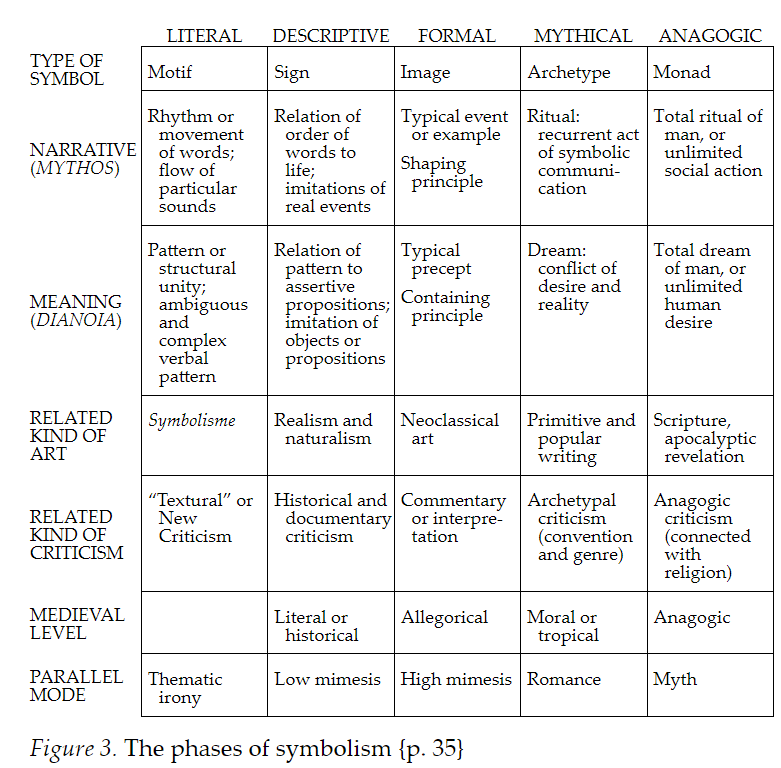
The third phase of Frye's phases of literal symbolism is the formal phase. This will be Frye's briefest section in the second essay, but don't let it fool you. Frye is making a synthesis out of the prior two phases, the literal and descriptive phases. This section will also be very Aristotelian, because Frye will focus on the various senses of the term "form".
We have now established a new sense of the term "literal meaning" for literary criticism, and have also assigned to literature, as one of its subordinate aspects of meaning, the ordinary descriptive meaning that works of literature share with all other structures of words. But it seems unsatisfactory to stop with this quizzical antithesis between delight and instruction, ironic withdrawal from reality and explicit connection with it. Surely, it will be said, we have overlooked the essential unity, in works of literature, expressed by the commonest of all critical terms, the word form. For the usual associations of "form" seem to combine these apparently contradictory aspects. On the one hand, form implies what we have called the literal meaning, or unity of structure; on the other, it implies such complementary terms as content and matter, expressive of what it shares with external nature. The poem is not natural in form, but it relates itself naturally to nature, and so, to quote Sidney again, "doth grow in effect a second nature."
--Northrop Frye, Second Essay
Frye again returns to narrative and theme as his primary lenses through which he sees stories. In this phase, Frye considers the way in which stories relate conceptually to life:
Mythos is a secondary imitation of an action, which means, not that it is at two removes from reality, but that it describes typical actions, being more philosophical than history. Human thought (theoria) is primarily imitated by discursive writing, which makes specific and particular predications. A dianoia is a secondary imitation of thought, a mimesis logou, concerned with typical thought, with the images, metaphors, diagrams, and verbal ambiguities out of which specific ideas develop.
--Northrop Frye, Second Essay
I am particularly struck by Frye's idea that stories are more philosophical than history. What Frye means by this is that stories are an abstraction of life, the extraction or exemplification of the form or essence, whereas history is supposed to be a discursive or descriptive account which is valued insofar as it accurately represents particular events.

Aristotle's sixfold division of poetry is melody, diction, spectacle, mythos, ethos, and dianoia. Frye speaks much of mythos [narrative] and dianoia [theme], but less so of ethos, which includes both setting and characterization. However, I think this idea that stories are a secondary imitation of life is close to my own notion of what constitutes good characterization.
Much of the supporting cast meets my other criterion for good characters: they seem like someone I've met. A character created to fill a role, or a slot, or a stereotype just doesn't seem like a real person. However, most real people really are pretty stereotypical, and you have to observe them to be able to represent that faithfully. Reading about people who seem like I could run into them on the street makes a book a pleasure to read, and this book was indeed a pleasure to read.
--The Red King, With Both Hands Review
A good character cannot simply be a stereotype or a trope personified. There must be some spark of life contained within. Yet, at the same time, a character in a book is as Frye says is not at two removes from reality, but captures a personality that is more typical than individual. By extension, the images or concepts captured by a story thus provide us the perspective from which we can "see" the form or essence of what is captured. Thus, what perspective means in literary works is subtly different than what that term means in painting. Perspective is the frame [Frye calls it a containing principle] in which we can understand typical human actions.
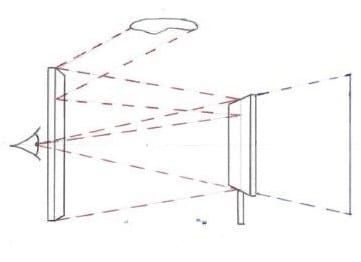
So if stories are about creating an image of typical actions, then we are talking about the idea of form or essence that dominated philosophy in the wake of Plato and Aristotle. However, Frye is also approaching this in a more modern way, as he also wants to approach each story from two perspectives, a static totality and a flowing succession of moments. We can step back and take in the unified form of a story, or we can be in the moment and experience it as a flow of words. This then gives us two complementary senses of the form of a story.
The form of a poem, that to which every detail relates, is the same whether it is examined as stationary or as moving through the work from beginning to end, just as a musical composition has the same form when we study the score as it has when we listen to the performance. The mythos is the dianoia in movement; the dianoia is the mythos in stasis. One reason why we tend to think of literary symbolism solely in terms of meaning is that we have ordinarily no word for the moving body of imagery in a work of literature. The word form has normally two complementary terms, matter and content, and it perhaps makes some distinction whether we think of form as a shaping principle or as a containing one. As shaping principle, it may be thought of as narrative, organizing temporally what Milton called, in an age of more exact terminology, the "matter" of his song. As containing principle it may be thought of as meaning, holding the poem together in a simultaneous structure.
--Northrop Frye, Second Essay
An author working primarily in this mode will produce a specific kind of work. Frye pauses here to focus on the style of literature that was common in Europe in the sixteenth to eighteenth centuries, because the overriding goal in that era was to produce an account of typical human action.
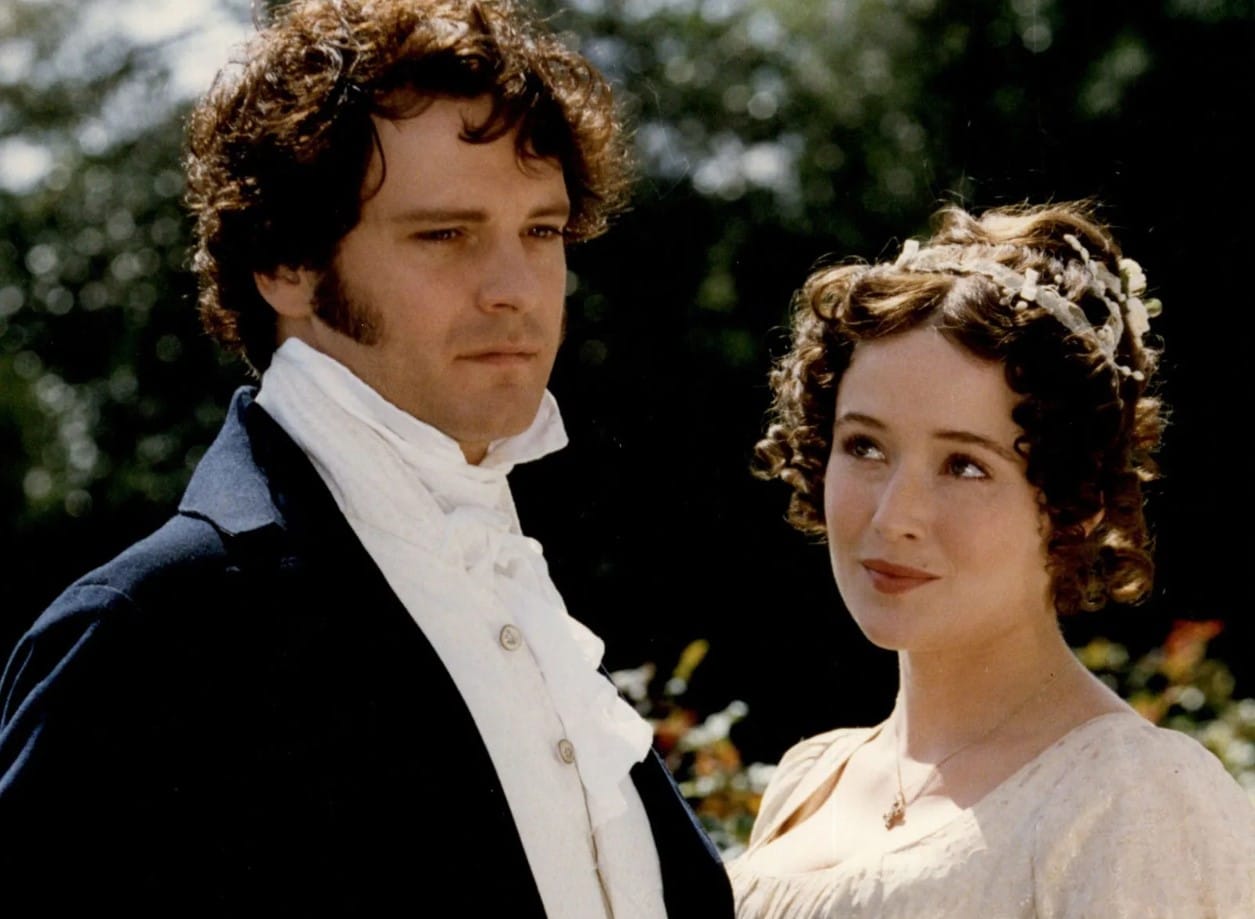
Frye here contrasts one of Shakespeare's historical plays with something like Jane Austen's Pride and Prejudice. Shakespeare was very interested in history, and in what motivates men to act, but was far less interested in the specific details of any period he chose to represent. There is no attempt in Shakespeare to accurately represent any particular time or place with fidelity. Austen produced something far more like what we would mean today when we talk about historical fiction, although she was simply describing the world around her. Pride and Prejudice contains a detailed reproduction of a specific time and place that has considerable value as a representation of that time and place.
In formal imitation, or Aristotelian mimesis, the work of art does not reflect external events and ideas, but exists between the example and the precept. Events and ideas are now aspects of its content, not external fields of observation. Historical fictions are not designed to give insight into a period of history, but are exemplary; they illustrate action, and are ideal in the sense of manifesting the universal form of human action. (The vagaries of language make "exemplary" the adjective for both example and precept.) Shakespeare and Jonson were keenly interested in history, yet their plays seem timeless; Jane Austen did not write historical fiction, yet, because she represents a later and more externalized method of following nature, the picture she gives of Regency society has a specific historical value.
--Northop Frye, Second Essay
When we speak of symbols as images, it is in this sense of how the author has used a story to focus on the universal form of human action and human personality. Frye makes an analogy that the symbols expressed in a story are like the emission spectra of the elements. Each author and each work has a characteristic "fingerprint" or pattern of expression that reflects not only the concepts being expressed, but the author and the conventions of the time and a thousand other things all at once. It is the task of the critic to see this pattern and to know each constituent part.
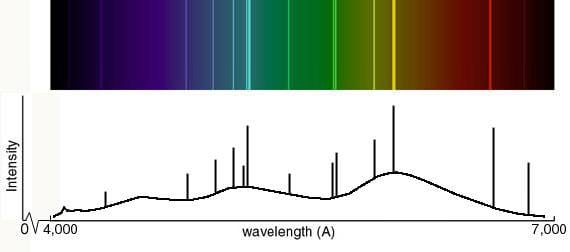
The recurring or most frequently repeated images form the tonality, so to speak, and the modulating, episodic and isolated images relate themselves to this in a hierarchic structure which is the critical analogy to the proportions of the poem itself. Every poem has its peculiar spectroscopic band of imagery, caused by the requirements of its genre, the predilections of its author, and countless other factors.
--Northrop Frye, Second Essay
However, Frye is keen to point out that seeing the pattern in this way is not identical to enjoying or appreciating a story. It is the task of a critic to isolate the pattern, but criticism is not necessary for enjoyment! Frye in fact, goes even further than this, and insists that all of the subtleties of a great story are experienced by the audience, whether listeners or readers, and that you don't need to explicitly analyze a story or consciously know its elements for it to be enjoyed.
The analogy of music again may be helpful. The average audience at a symphony knows very little about sonata form, and misses practically all the subtleties detected by an analysis of the score; yet those subtleties are really there, and as the audience can hear everything that is being played, it gets them all as part of a linear experience; the awareness is less conscious, but not less real. The same is true of the response to the imagery of a highly concentrated poetic drama.
--Northrop Frye, Second Essay
As complex as Frye's approach is, he is resolutely anti-snob in the way he approaches art. With this groundwork established, now we can turn to the task of the critic when analyzing literary symbols. This is where things are going to get really good. This phase of literary symbolism is very close to what most people mean by "criticism".
The analysis of recurrent imagery is, of course, one of the chief techniques of rhetorical or "new" criticism as well: the difference is that formal criticism, after attaching the imagery to the central form of the poem, renders an aspect of the form into the propositions of discursive writing. Formal criticism, in other words, is commentary, and commentary is the process of translating into explicit or discursive language what is implicit in the poem. Good commentary naturally does not read ideas into the poem; it reads and translates what is there, and the evidence that it is there is offered by the study of the structure of imagery with which it begins. The sense of tact, of the desirability of not pushing a point of interpretation "too far," is derived from the fact that the proportioning of emphasis in criticism should normally bear a rough analogy to the proportioning of emphasis in the poem.
--Northrop Frye, Second Essay
Frye tells us that the analysis of literary symbols is commentary. But, he is going to go somewhere surprising. Frye is going to insist that there is no such thing as the author's intention in stories.
The failure to make, in practice, the most elementary of all distinctions in literature, the distinction between fiction and fact, hypothesis and assertion, imaginative and discursive writing, produces what in criticism has been called the "intentional fallacy," the notion that the poet has a primary intention of conveying meaning to a reader, and that the first duty of a critic is to recapture that intention. The word intention is analogical: it implies a relation between two things, usually a conception and an act. Some related terms show this duality even more clearly: to "aim at" something means that a target and a missile are being brought into alignment. Hence such terms properly belong only to discursive writing, where the correspondence of a verbal pattern with what it describes is of primary importance. But a poet's primary concern is to produce a work of art, and hence his intention can only be expressed by some kind of tautology.
--Northrop Frye, Second Essay
This seems crazy, but it flows naturally from the framework in which Frye has been working. If the literal sense of a story is found in an inward-looking, self-contained verbal pattern, then the author's intent is completely focused there. The most recent literary mode, the ironic mode, is defined by this elaboration of the author's craft above all else.
In other words, a poet's intention is centripetally directed. It is directed towards putting words together, not towards aligning words with meanings. If we had the privilege of Gulliver in Glubbdubdrib to call up the ghost of, say, Shakespeare, to ask him what he meant by such and such a passage, we could only get, with maddening iteration, the same answer: "I meant it to form part of the play."
--Northrop Frye, Second Essay
However, Frye is not here paraphrasing Roland Barthes' Death of the Author thesis. Frye insists that there is meaning already in each and every story. The better the story, the more inexhaustible the store of meaning. What an individual reader manages to extract is not the the only real meaning to be had, but rather it is very much like isolating one specific spectral line and focusing on it. The overall spectrum remains. It is what it is, and is not changed or diminished by the act of commentary.
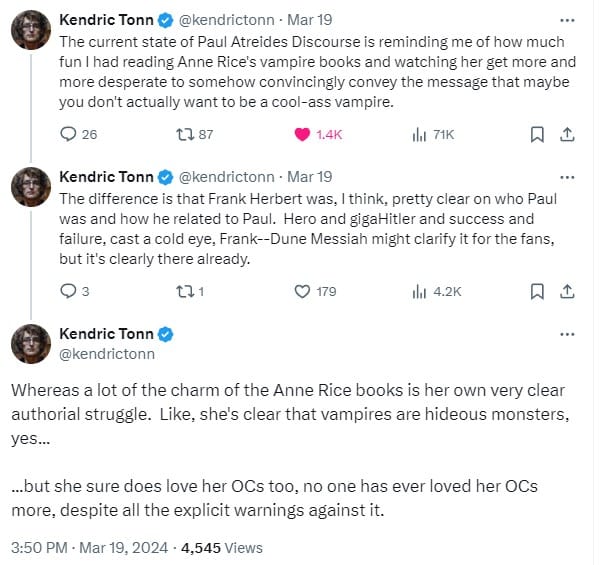
With this distinction made, now we can begin to understand why and how themes and characters can escape an author's intent. Frye notes that the place we should really look for author's intent is in the literal sense, the specific words and the order in which you find them on the page. That's the place where the author has the most control, but even there you'll find less control than you might expect.
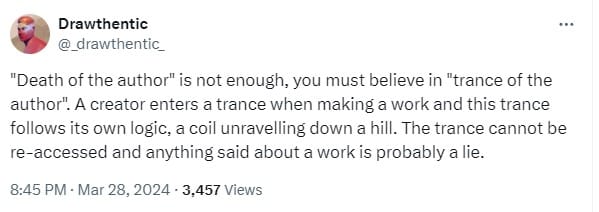
It could be said, of course, that poetry is the product, not only of a deliberate and voluntary act of consciousness, like discursive writing, but of processes which are subconscious or preconscious or half-conscious or unconscious as well, whatever psychological metaphor one prefers. It takes a great deal of will power to write poetry, but part of that will power must be employed in trying to relax the will, so making a large part of one's writing involuntary.
--Northrop Frye, Second Essay
Frye has more to say on this in the next section of the Second Essay on archetypes:
The fact that revision is possible, that a poet can make changes in a poem not because he likes them better but because they are better, shows clearly that the poet has to give birth to the poem as it passes through his mind.
--Northrop Frye, Second Essay
There will be quite a bit more on this topic in the section on archetypes, but for now we can look at how the sub- or un- or pre-conscious nature of literary creation, combined with the real focus of the author on the literal sense means that authors are not experts on the characters or themes of even their own works. The theme is discovered in the work, and the only real record of what the author's intent was is the words on the page, no matter what they might later say in other contexts.
One may pursue the centripetal intention as far as genre, as a poet intends to produce, not simply a poem, but a certain kind of poem. In reading, for instance, Zuleika Dobson as a description of life in Oxford, we should be well advised to allow for ironic intention. One has to assume, as an essential heuristic axiom, that the work as produced constitutes the definitive record of the writer's intention. For many of the flaws which an inexperienced critic thinks he detects, the answer "But it's supposed to be that way" is sufficient. All other statements of intention, however fully documented, are suspect. The poet may change his mind or mood; he may have intended one thing and done another, and then rationalized what he did. (A cartoon in a New Yorker of some years back hit off this last problem beautifully: it depicted a sculptor gazing at a statue he had just made and remarking to a friend: "Yes, the head is too large. When I put it in exhibition I shall call it 'The Woman with the Large Head.'")
--Northrop Frye, Second Essay
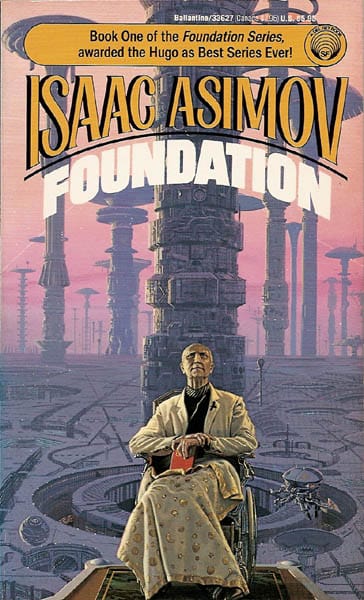
If I were to change one thing about my critical essay on Issac Asimov's Foundation, I would move away from discussing what "Asimov intended", as that was where a lot of fruitless arguments occurred. My best analyses focused instead on "this is what the book says", the self-contained internal pattern of meaning, and what theme emerges from that.
We'll conclude there for now. The next installment will focus in on the much misunderstood concept of allegory.
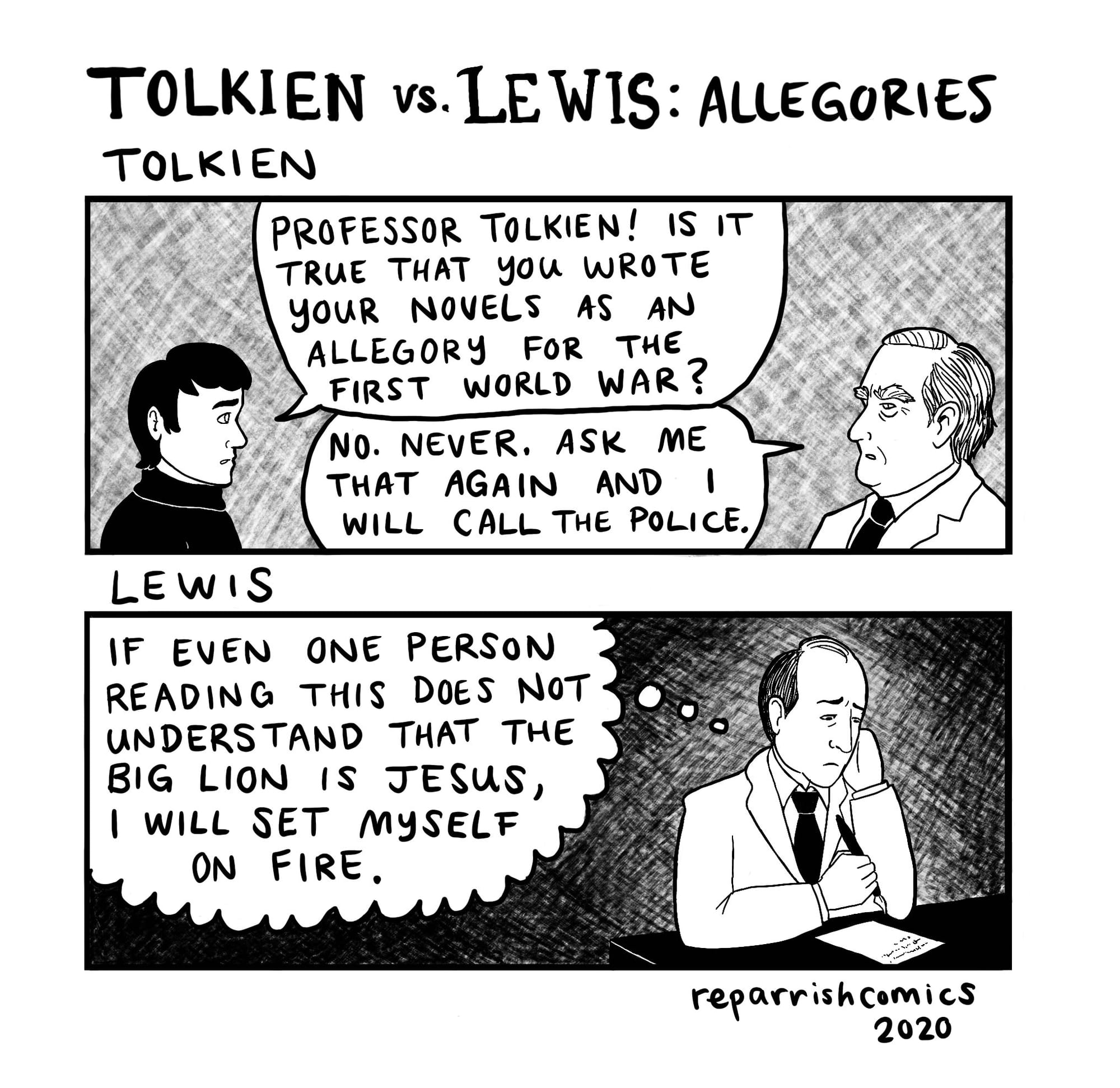
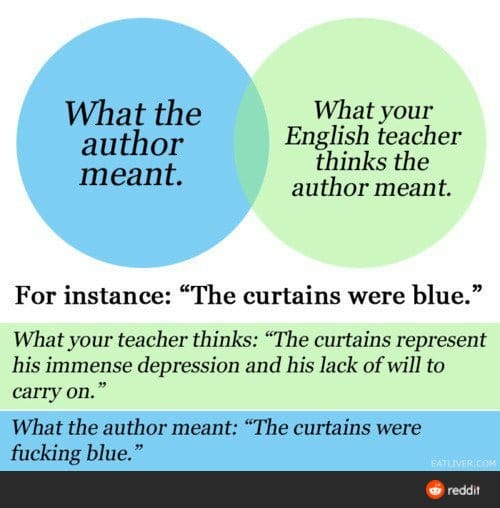
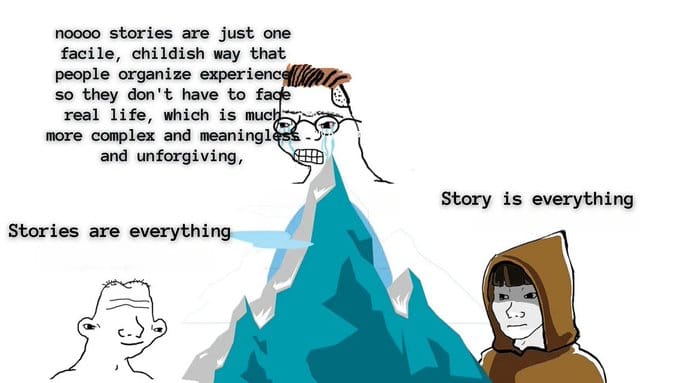

Comments ()